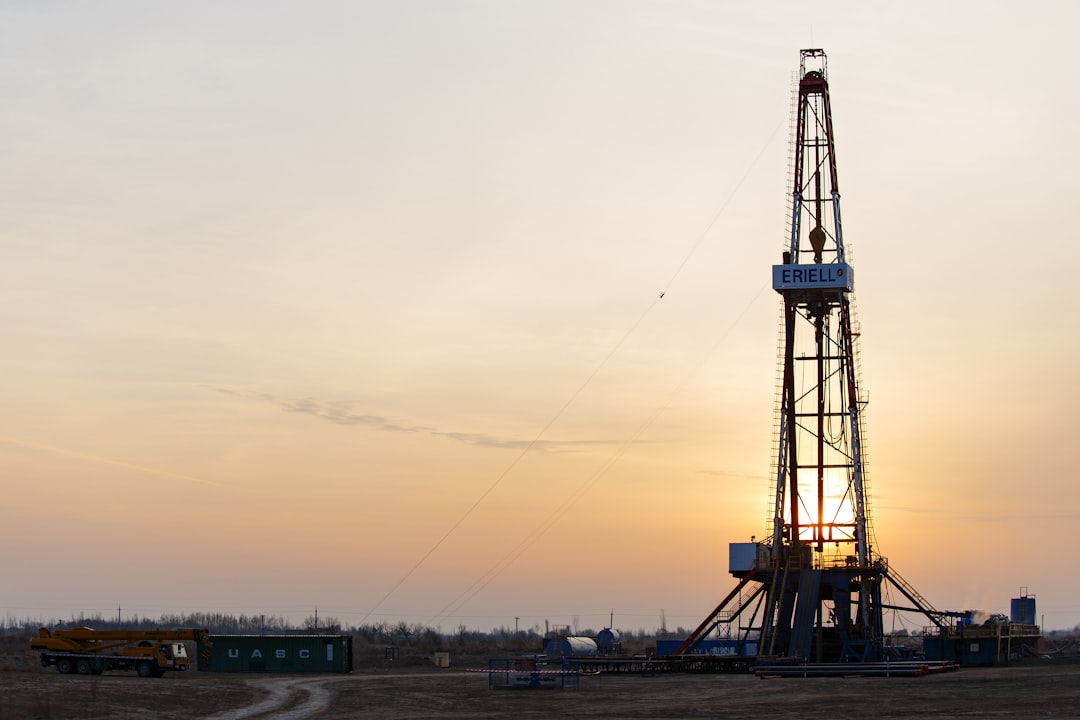What is it about?
Airborne electromagnetic data provides information about the subsurface used in a wide variety of applications, including groundwater resource management. In order to use airborne electromagnetic data in areas where the water table is not at the ground surface, the depth to the water table must be known as it has a significant impact on the airborne data. In this study, we developed a new method of locating the top of the water table directly from the airborne electromagnetic data. We evaluated the accuracy of this new method by applying it to multiple airborne datasets and comparing the estimated depths to the water table to the depths measured in nearby wells. We found that the accuracy of the new method is approximately equal to the vertical resolution of the airborne data used in this study. Thus, the new method we have developed here will greatly reduce uncertainty in the use of airborne electromagnetic data in areas where the water table is not at the ground surface.
Featured Image

Photo by Jan Kubita on Unsplash
Read the Original
This page is a summary of: Estimation of the top of the saturated zone from airborne electromagnetic data, Geophysics, July 2020, Society of Exploration Geophysicists,
DOI: 10.1190/geo2019-0539.1.
You can read the full text:
Contributors
The following have contributed to this page










